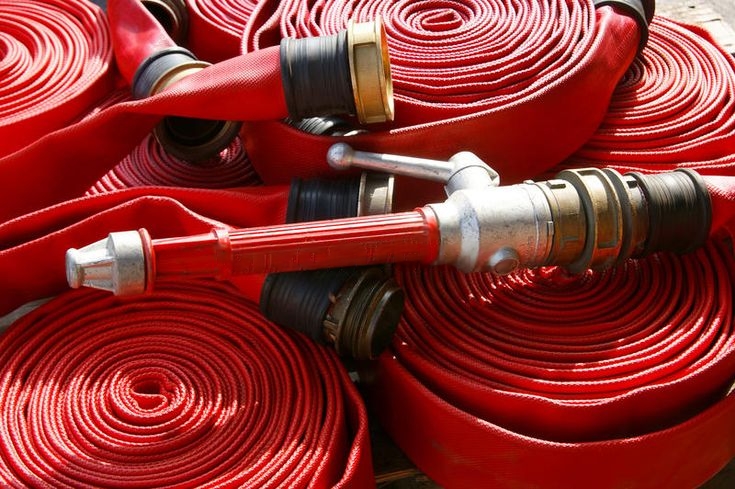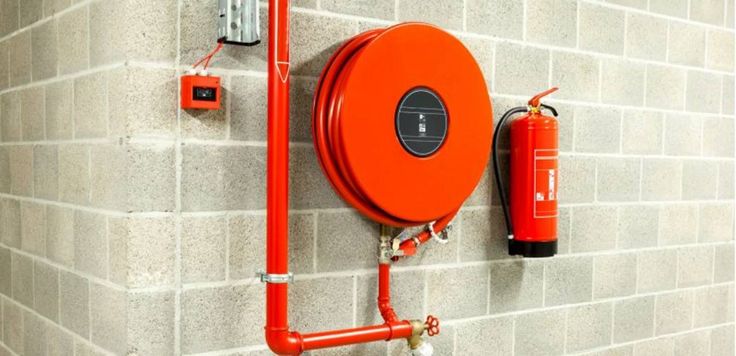Description:
The Fire Tubing System is an essential component of fire suppression and sprinkler systems, designed to safely transport water, foam, or other suppression agents to the necessary areas in a fire emergency. Constructed from durable and corrosion-resistant materials, fire tubing ensures reliable and efficient operation in both residential and industrial settings, providing effective protection against the spread of fire.
Features:
- Durability: Made from corrosion-resistant materials such as stainless steel or galvanized steel, ensuring a long lifespan in harsh environments.
- Flexible Design: Available in various sizes and configurations, including flexible and rigid pipes, for easy installation and adaptability in different fire protection systems.
- High-Pressure Resistance: Designed to withstand high pressure, making it suitable for both sprinkler and other fire suppression systems requiring consistent water or foam flow.
- Easy Maintenance: The system requires minimal maintenance, with easy access for inspection and cleaning to ensure reliable performance.
- Fire Resistance: Fire tubing is specifically designed to resist fire and maintain integrity during high-temperature conditions, ensuring the continued operation of fire suppression systems during emergencies.
- Compatibility: Works seamlessly with various fire suppression systems, including wet pipe, dry pipe, and foam systems, ensuring consistent operation and effectiveness.
Specifications:
| Material: | Stainless Steel, Galvanized Steel, Copper |
| Diameter: | 1/2 inch to 6 inches (varies based on system needs) |
| Pressure Rating: | Up to 300 psi (depending on system requirements) |
| Temperature Resistance: | -20°F to 200°F (-29°C to 93°C) |
| Length: | Varies based on system design (custom lengths available) |
| Wall Thickness: | 0.060" to 0.250" (varies depending on material and size) |
| Certifications: | UL Listed, FM Approved |
| Warranty: | 5 years |
How to Use:
- Ensure Proper Installation: Install fire tubing according to local fire safety codes and ensure that it is correctly routed to connect to all relevant fire suppression components, such as sprinklers or foam delivery systems.
- Test for Leaks: Regularly check the fire tubing for any signs of leaks, wear, or corrosion, ensuring that the system is fully operational in case of a fire emergency.
- Pressure Test: Conduct periodic pressure tests to ensure that the tubing can withstand the necessary flow and pressure required for effective fire suppression.
- Maintenance and Inspection: Perform regular inspections to ensure that the tubing is free from obstructions and that all connections are secure. Replace any damaged sections promptly.




